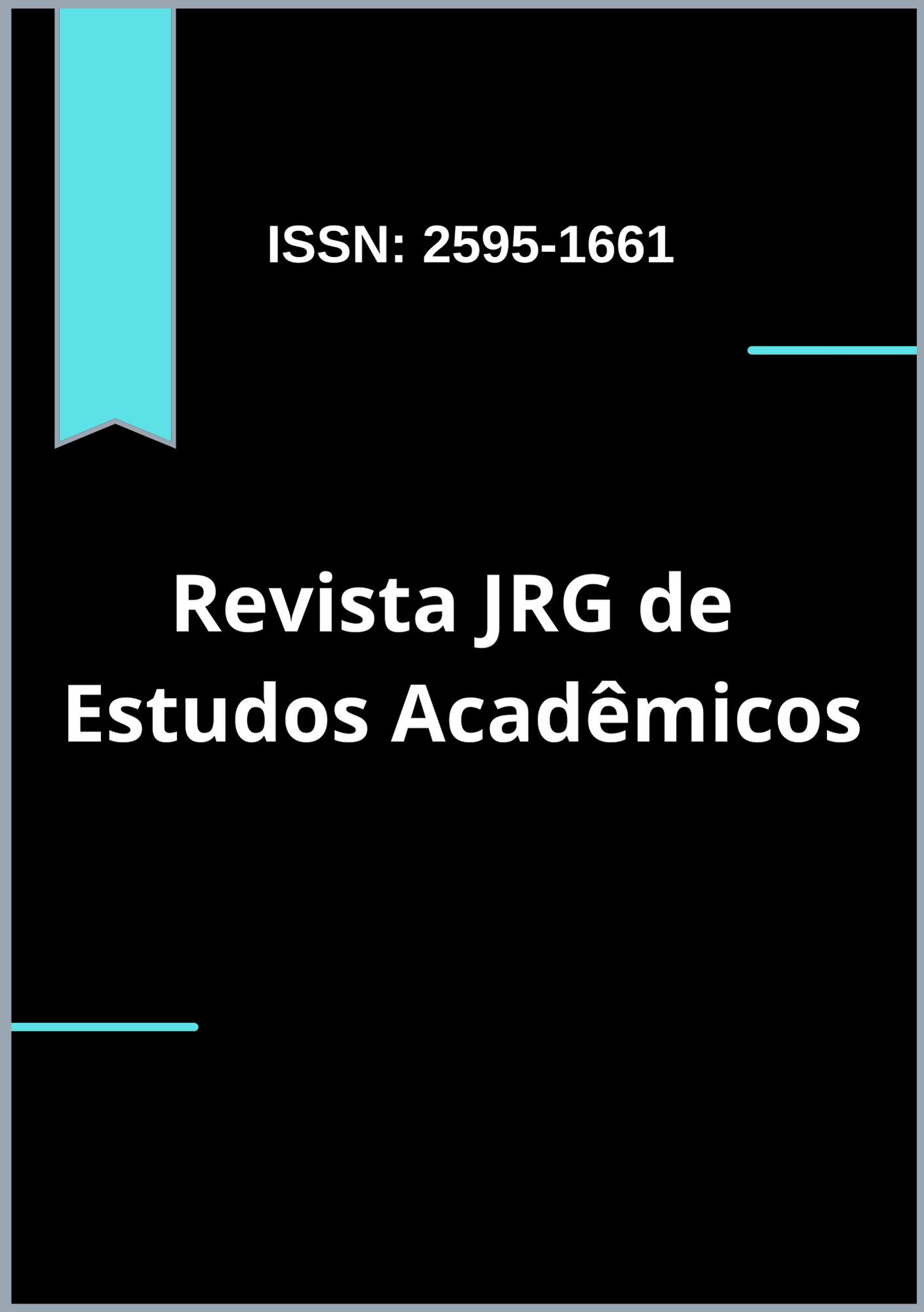Complementary and alternative therapies: an approach to autism spectrum disorder
DOI:
https://doi.org/10.55892/jrg.v7i15.1541Keywords:
autism, complementary therapies, alternative medicines, and complementary interventionsAbstract
Introduction: Autism Spectrum Disorder (ASD), is a complex condition whose pathophysiology is not yet completely understood, but which is characterized by genetic and environmental factors that can affect brain development, traditionally, the treatment of ASD involves conventional therapies, such as occupational therapy, speech and behavioral interventions, which seek to develop social and communication skills, making complementary and alternative medicine (CAM) gain space as an approach to complement or reduce dependence on pharmacological treatments. Objective: The work aims to explore the relevance of complementary and alternative therapies (CAM) in the treatment of individuals with Autism Spectrum Disorder (ASD), discussing their potential benefits in conjunction with conventional medicine to improve the quality of life of these patients. Methodology: the methodology used was a literature review, with searches in the PubMed and BVS databases between 2008 and 2023, in articles in Portuguese, English and Spanish, the selection of studies rigorous criteria, resulting in seven articles that meet all criteria, being analyzed qualitatively, categorizing as mind-body, occupational and other therapies, with a focus on efficacy and safety. Results: the results indicate that CAM therapies can improve the quality of life of individuals with ASD, the scarcity of robust studies limits the scientific validation of these practices. Therefore, the article emphasizes the need for more research to consolidate the use of these therapies as part of an integrated and effective treatment for people with autism, respecting individual specificities and with the appropriate guidance of health professionals. Discussion: the study highlights that, despite the growing interest in complementary and alternative therapies (CAM) in the treatment of ASD, there is still a lack of robust studies that conclusively prove their effectiveness. It is observed that many families seek these therapies to improve the quality of life of children with ASD, especially as a complement to conventional treatments and a way to avoid the adverse effects of medications. Conclusion: this literature review was carried out in order to highlight the growing relevance of complementary and alternative therapies in the treatment of individuals with Autism Spectrum Disorder (ASD). Although traditional treatment, focused on conventional therapies such as speech therapy, occupational and behavioral interventions, remains the standard approach, the search for complementary treatments requires a more personalized approach, and is also a way to add to the use of medications.
Downloads
References
Klein, N., & Kemper, K. J. (2016). Integrative approaches to caring for children with autism. Current Problems in Pediatric and Adolescent Health Care, 46(6), 195-201. https://doi.org/10.1016/j.cppeds.2015.12.004
Mondal, A., Sharma, R., Abiha, U., Ahmad, F., Karan, A., Jayaraj, R. L., & Sundar, V. (2023). A spectrum of solutions: Unveiling non-pharmacological approaches to manage autism spectrum disorder. Medicina (Kaunas), 59(9), 1584. https://doi.org/10.3390/medicina59091584
Levy, S. E., & Hyman, S. L. (2008). Complementary and alternative medicine treatments for children with autism spectrum disorders. Child and Adolescent Psychiatric Clinics of North America, 17(4), 803-820. https://doi.org/10.1016/j.chc.2008.06.004
Akins, R. S., Angkustsiri, K., & Hansen, R. L. (2010). Complementary and alternative medicine in autism: An evidence-based approach to negotiating safe and efficacious interventions with families. Neurotherapeutics, 7(3), 307-319. https://doi.org/10.1016/j.nurt.2010.05.002
Hopf, K. P., Madren, E., & Santianni, K. A. (2016). Use and perceived effectiveness of complementary and alternative medicine to treat and manage the symptoms of autism in children: A survey of parents in a community population. Journal of Alternative and Complementary Medicine, 22(1), 25-32. https://doi.org/10.1089/acm.2015.0163
Urinovsky, M. G., & Cafiero, P. J. (2022). Tratamientos alternativos y/o complementarios en pacientes con trastorno del espectro autista / Alternative and/or complementary treatments in patients with autism spectrum disorder. Medicina Infantil, 29(2), 139-145.
Viana, Á. L. O., Silva, A. B., Lima, K. B. B., Souza, M. V., & Borges, V. G. R. (2020). Práticas complementares ao transtorno do espectro autista infantil: Revisão integrativa da literatura / Complementary practices to child autistic spectrum disorder: Integrative literature review. Enfermagem em Foco (Brasília), 11(6), 48-56.











































